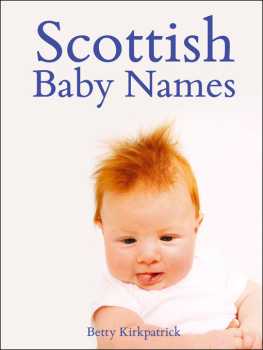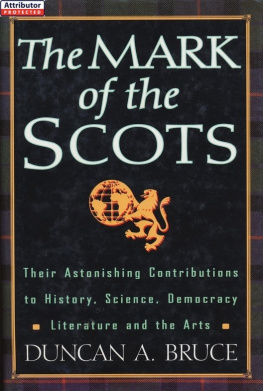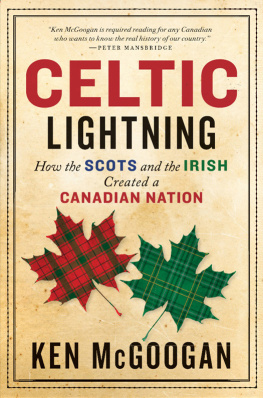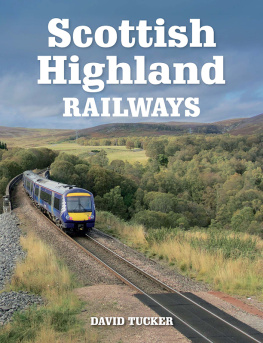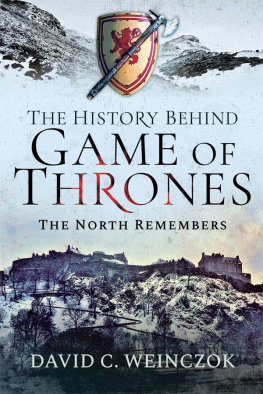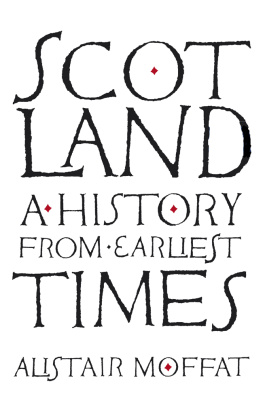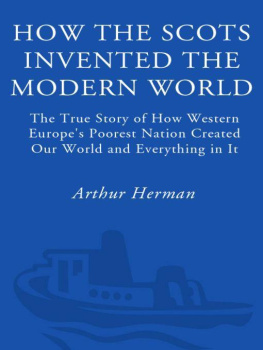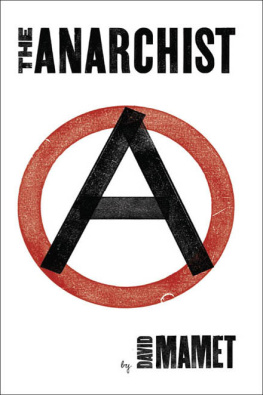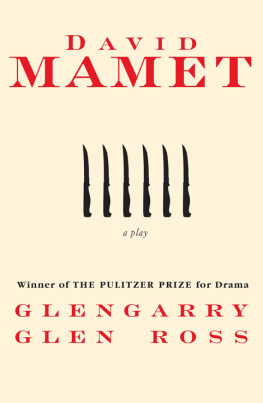
The
LOCHABER
EMIGRANTS
TO GLENGARRY
Front cover
Oil painting (1960) by Stuart McCormick depicting three brigs, the Friends, the Helen and the Jane entering Montreal harbour 1802.
Painting courtesy Sybil MacMillan Barbour, Kitchener, Ontario. Photograph courtesy of Michael Albano, Acton, Ontario.
Stuart McCormick (19061992) painted the heart and soul of Glengarry. His more than 3,000 pieces, most of them oils, are prized
by collectors, who include Her Majesty Queen Elizabeth II.
Inside cover
Harriet (Kennedy) McMillans paisley shawl. The shawl travelled with her to Canada in 1802. Harriet married Duncan Ban
McMillan, who died before the family, three sons and eleven daughters, left Scotland. She managed to preserve the shawl
through pioneer days on lot 27, concession 8, Lochiel Township, Glengarry. Since Harriets death in 1839, the shawl has
travelled to Seattle and California. It returned home to Glengarry in 1992, and it is in the collection of Hugh Allan MacMillan,
Dalkeith, Ontario. Photograph courtesy of Bryan Thompson Photography, Alexandria, Ontario.
Allan Glenpean McMillan (17521803), co-organizer of the Lochaber migration of 1802. Photograph in Hugh P. MacMillan Collection, Guelph, Ontario. The original oil painting has been lost.
The
LOCHABER
EMIGRANTS
TO GLENGARRY
RAE FLEMING, Editor
NATURAL HERITAGE / NATURAL HISTORY INC.
The LochaberEmigrantstoGlengarry
Rae Fleming, Editor
Published by Natural Heritage / Natural History Inc.
P.O. Box 95, Station O, Toronto, Ontario M4A2M8
Copyright 1994 Natural Heritage / Natural History Inc.
No portion of this book, with the exception of brief extracts for the purpose of literary review, may be reproduced in any form without the permission of the publisher.
Design and typesetting: Robin Brass Studio
Printed and bound in Canada by Hignell Printing Limited, Winnipeg, Manitoba
Canadian Cataloguing in Publication Data
Main entry under title:
LochaberEmigrantstoGlengarry
Includes bibliographical references and index.
ISBN 0-920474-96-9
1. Glengarry (Ont.) Emigration and immigration History. 2. Lochaber (Scotland) Emigration and immigration History. 3. Immigrants Ontario Glengarry History. 4. Scots Ontario Glengarry History. 5. Lochaber (Scotland) History. I. Fleming, Rae Bruce, 1944-
FC3095.G5L6 1994 971.3'77'0049163
F1059.G5L6 1994 C94-932440-x
Natural Heritage / Natural History Inc. gratefully acknowledges the assistance of the Canada Council, the Ontario Arts Council, and the Government of Ontario through the Ministry of Culture, Tourism and Recreation.
CONTENTS
~ David G. Anderson
~ E.J. Cowan
~ Graeme M. Mackenzie
~ Kenneth J. McKenna
~ prepared by Ian MacMillan
~ prepared by Kenneth J. McKenna
~ Stanley R. Barrett
~ Hugh P. MacMillan
~ Heather Devine
~ Hugh P. MacMillan and Duncan (Darby) MacDonald
~ Hugh P. MacMillan
~ Hugh P MacMillan
LIST OF ILLUSTRATIONS
Allan Glenpean McMillan, co-organizer of the Lochaber migration of 1802
RAE FLEMING
A cting as editor for this volume reminded me of excursions in the 1980s led by Hugh MacMillan and Ted Cowan as part of the Canadian Association for Scottish Studies annual meetings. During these trips through Glengarry or the Bruce, where Scots migrants had settled participants often wondered if we would have some place to rest our weary heads that evening. During one lunch break, a Scottish academic from Stirling leaned forward onto a picnic table, gazed over his glasses at some distant point and mumbled that Ted and Hugh should found a travel company called Kamikaze Tours.
Once the trips were over, however, small inconveniences were overlooked. Fondly remembered were new friends lasting years and the pleasure in learning about an area of Canada from the inside out. Who can forget Tony Mackenzies stories of Cape Breton and outport Newfoundland? Who did not benefit from new contacts for scholarly or genealogical research?
Once or twice while editing this book, I wondered whether we would reach our destination. The editor, part passenger and part driver, must make the best of the trip while following an itinerary set by promoter and contributors. The editor can tinker and polish, cajole and sympathize, but he cannot choose a new route or fire the promoter. Several times along the route of this project, I held my breath. What was to be done when the promoter missed final deadlines? Or when an overseas contributor retreated into misty silence as we anxiously awaited an amended version of his chapter, four months late? How, I often wondered, would authors react upon discovering that the editor had eviscerated a paragraph or two of his/her treasured work? One contributor made his feelings clear. You do not understand the difference between editorial discretion and editorial interference, he fumed in a fax from Glasgow.
The journey has now been completed, and I can say that I am pleased with the finished work. I have made new friends, and kept old ones. In addition to telephone conversations with people whose faces remained a mystery Stan Barrett, Heather Devine, Ken McKenna, David Anderson, Duncan MacDonald and Graeme Mackenzie, I also had the pleasure of dealing with people I have known for years Ted Cowan; Ian MacMillan; Hugh MacMillan, without whose faith and persistence this book would not exist; and Marianne McLean, whose introduction has tied together the books themes. As editor, I valued Mariannes generous advice on aspects of Glengarry County. It has also been my pleasure to deal with publisher Barry Penhale, and Robin Brass, design and layout artist. I want to thank Microage Computers in Peterborough, Ont. and Lindsay Computer Centre for advice on diskette/computer problems; and my neighbour, Lisa Burton, for use of her fax machine.
Im sure that the reader will derive as much pleasure and learning from reading this book as I have in editing it.
NOTE TO READERS
The spelling of Scottish Highland surnames varies, partly because they were spelled and spoken originally in Gaelic then later translated into English. The difference between Mc and Mac seemed to matter little until the twentieth century. Many people today assume that Mac implies Prostestant and Scottish; and that Mc is Catholic and Irish or Scottish. Its never that simple. Documents indicate that Archibald Murlaggan, a Presbyterian, preferred McMillan. Members of the same family today prefer Mac-Millan. There is also some variation in the choice of small or large m. The editor and contributors have chosen to respect the variety of spellings of surnames. Readers will also note spelling irregularities in documents. As much as possible, we have respected the original spelling. We have added [sic] after the error to indicate that we have decided to leave it intact. In the few cases where unusual spelling, punctuation and grammar have created imprecision, we have added correctives in square brackets.


